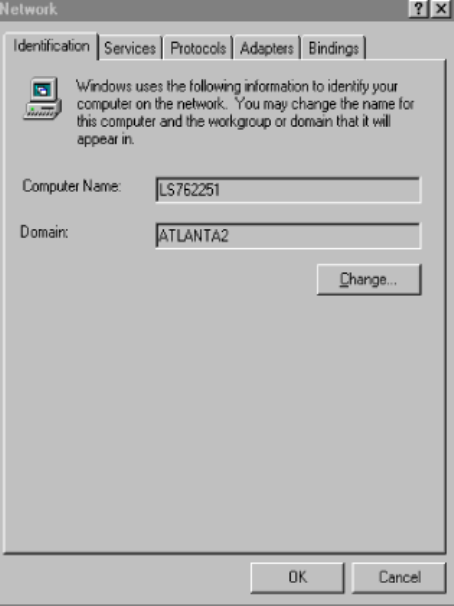HP CIFS Server Administrator Guide Version A.03.01.03 (5900-2006, October 2011)
Table Of Contents
- HP CIFS Server Administrator Guide Version A.03.01.03
- Contents
- About this document
- 1 Introduction to the HP CIFS Server
- 2 Installing and configuring HP CIFS Server
- HP CIFS Server requirements and limitations
- Step 1: Installing HP CIFS Server software
- Step 2: Running the configuration script
- Step 3: Modify the configuration
- Step 4: Starting HP CIFS Server
- Other Samba configuration issues
- 3 Managing HP-UX file access permissions from Windows NT/XP/2000/Vista/Windows 7
- Introduction
- UNIX file permissions and POSIX ACLs
- Using the Windows NT Explorer GUI to create ACLs
- Using the Windows Vista Explorer GUI to create ACLs
- POSIX ACLs and Windows 2000, Windows XP, Windows Vista, and Windows 7 clients
- HP CIFS Server Directory ACLs and Windows 2000, Windows XP, Windows Vista, and Windows 7 clients
- In conclusion
- 4 Windows style domains
- Introduction
- Configure HP CIFS Server as a PDC
- Configure HP CIFS Server as a BDC
- Domain member server
- Create the Machine Trust Accounts
- Configure domain users
- Join a Windows client to a Samba domain
- Roaming profiles
- Configuring user logon scripts
- Home drive mapping support
- Trust relationships
- 5 Windows 2003 and Windows 2008 domains
- 6 LDAP integration support
- Overview
- Network environments
- Summary of installing and configuring
- Installing and configuring your Directory Server
- Installing LDAP-UX Client Services on an HP CIFS Server
- Configuring the LDAP-UX Client Services
- Enabling Secure Sockets Layer (SSL)
- Extending the Samba subschema into your Directory Server
- Migrating your data to the Directory Server
- Configuring the HP CIFS Server
- Creating Samba users in directory
- Management tools
- 7 Winbind support
- 8 Kerberos support
- 9 HP CIFS deployment models
- Introduction
- Samba Domain Model
- Windows Domain Model
- Unified Domain Model
- 10 Securing HP CIFS Server
- 11 Configuring HA HP CIFS
- 12 HP-UX configuration for HP CIFS
- 13 Tool reference
- Glossary
- Index

Figure 19 Entering a Samba PDC domain name
Roaming profiles
The HP CIFS Server, configured as a PDC, supports Roaming Profiles with the following features:
• A user's environment, preference settings, desktop settings, etc. are stored on the HP CIFS
Server
• Roaming Profiles can be created as a share, and be shared between Windows clients
• When a user logs on to a workstation in the domain, the roaming profile is downloaded from
the share which is on a HP CIFS Server configured as a PDC, to the local machine. Upon
logout, the profile is copied back to the server
Configuring roaming profiles
Use the following procedure to configure roaming profiles:
1. Modify or enable roaming profiles by using the global parameter named logon path, in
the smb.conf file. Example:
[global]
logon path = \\%L\profile\%U
workgroup = SAMBADOM
security = user
encrypt passwords = yes
domain logon = yes
2. Create a [profiles] share for roaming profiles. Set profile acls = yes for the profile
share used for the user profile files. Do not set profile acls = yes on normal shares as
this will result in incorrect ownership of the files created on those shares. The following is an
example configuration for the [profiles] share:
[profiles]
64 Windows style domains










